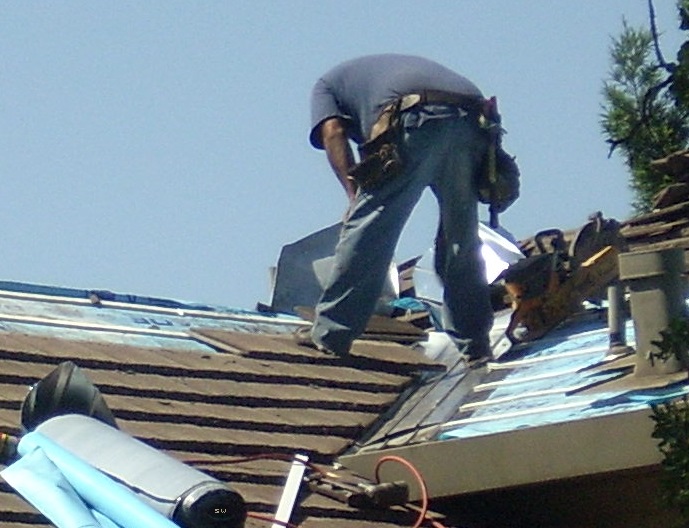What to Know About Building Departments

By AskARoofer.
Building codes, standards and permits; the rules of roofing.
There are rules established and enforced by the federal, state, county and city governments on how to install a roof properly so it is built to code. The installation instructions provided by the roofing manufacturer should meet most requirements and many practices are the same across the country. Keep in mind you should still check as certain areas have different rules or building codes. For example, Florida has special requirements for wind uplift, while California has Title 24 Cool Roof requirements. State and federal government agencies can adopt their own codes, but most adopt codes that are developed and maintained by the International Code Council (ICC) and National Fire Protection Agency (NFPA).
Permits
It's important to double-check when you do or do not need a permit. Some areas require permits for an entire roof or addition but not for minor repairs, however, it depends on where you live and the work being done. While some people may choose not to pull a permit, there can be major consequences if you're caught, such as paying a fine or having to remove the roof so the city can inspect what's underneath.
Standards
Test, rating and design standards serve as bases of comparison for approved modes to be used in construction, which includes roofing systems. Multiple organizations maintain the standards that affect the roofing industry and they include: ASTM International, FM Global, Underwriters Laboratories (UL) and the American National Standards Institute.
Following building codes and standards and pulling permits are typically handled by the roofing contractor, however, it doesn't hurt to ask for the status of a permit or inquire about a building code.
Find more information about codes and standards below:
-
National building codes and approvals: NRCA Building Codes and Standards
-
Local building department: OneClick Code
Have a question? AskARoofer.
Find your local roofing contractor in the RoofersCoffeeShop® Contractor Directory.










Comments
Leave a Reply
Have an account? Login to leave a comment!
Sign In